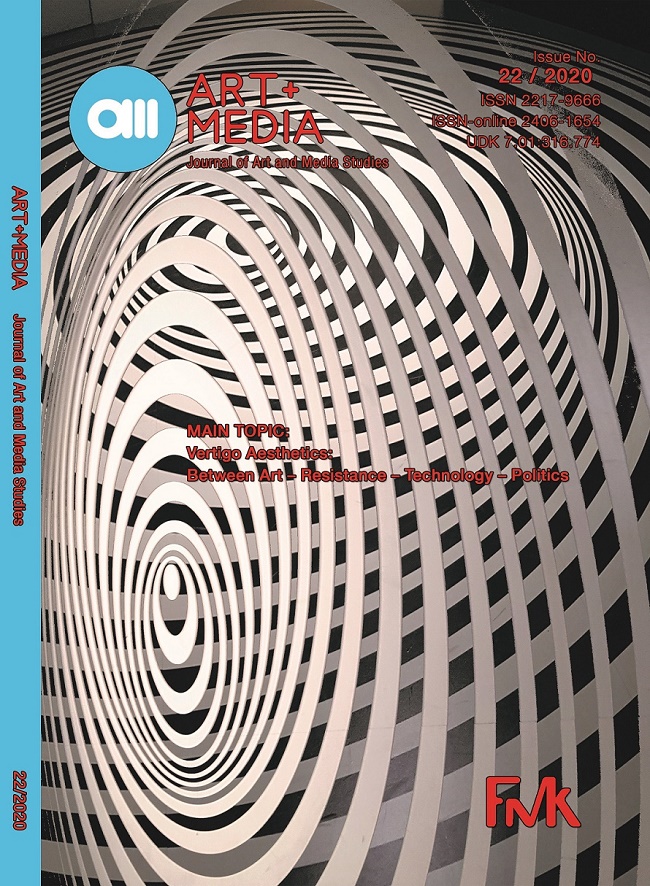The Regimes of Identification of Art and the Political Reconfiguration of Aesthetics
The Regimes of Identification of Art and the Political Reconfiguration of Aesthetics
Author(s): Rodolfo WengerSubject(s): History of Philosophy, Philosophical Traditions, Aesthetics, Political Philosophy
Published by: Fakultet za medije i komunikacije - Univerzitet Singidunum
Keywords: aesthetics; aesthetical politics; distribution of the sensible; Jacques Rancière; politics of arts; regimes of art.
Summary/Abstract: For the philosopher Jacques Rancière there is no ‘art’ without a specific identification regime that delimits it, makes it visible and makes it intelligible as such. A regime of art defines the specific ways in which a given epoch conceives of the nature and logic of artistic representation, puts certain practices in relation to specific forms of visibility and modes of intelligibility, specifies the ways in which the artistic expressions take place within society, what their functions are within social life in general and in relation to the other social activities in particular.In this article we briefly resume the contents of the three fundamental regimes of art: the ethical, the poetic or representative, and the aesthetic taking into account that these regimes are not strictly historical, but rather ‘meta-historical’ categories, because although they may determine and define certain periods of ‘art history’, it is also possible to state that two, or even the three regimes, they can coexist in a specific time like ours, for example. To undertake this approach, we will bear in mind that Rancière's philosophical proposal has both historical and political components that aim to reformulate the traditional way of considering the aesthetic conditions of political experience and the political dimension of aesthetics.
Journal: AM Časopis za studije umetnosti i medija
- Issue Year: 2020
- Issue No: 22
- Page Range: 35-42
- Page Count: 8
- Language: English

